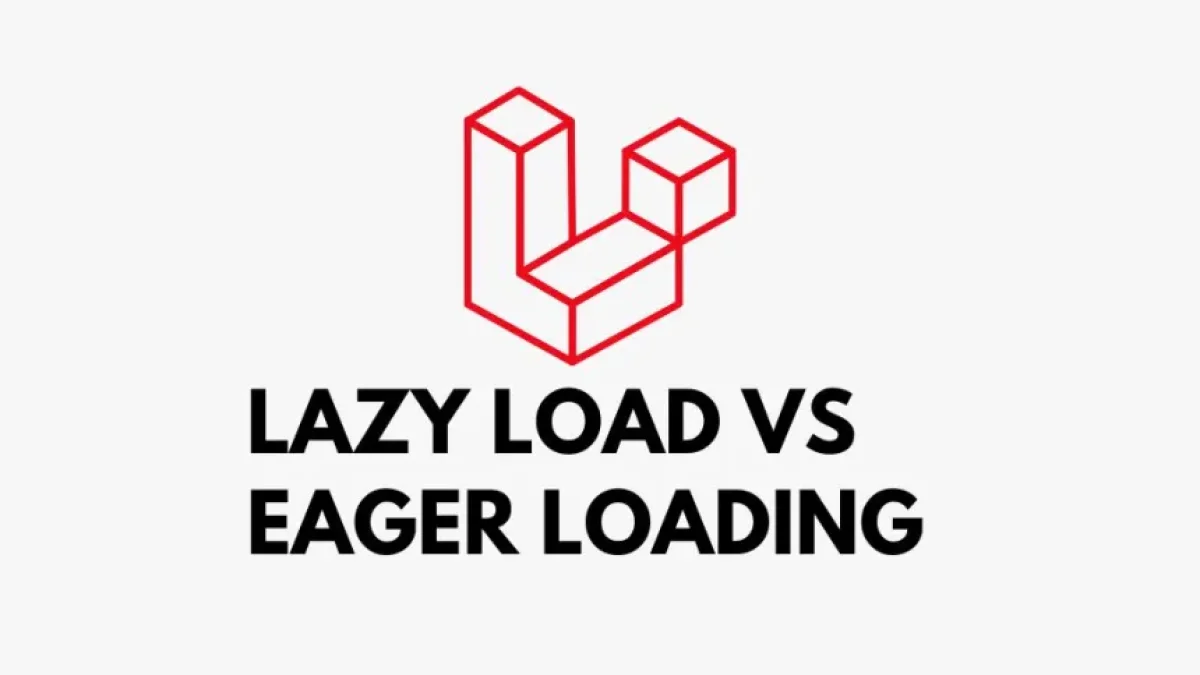Lazy Load vs Eager Loading: Which is the best option?


In the world of web development and applications, efficiency in content loading is essential to enhance the user experience. Two of the most commonly used approaches to handle data loading are Lazy Load and Eager Loading. In this article, we will explore the characteristics, benefits, and drawbacks of each method, allowing readers to understand which one best suits their needs.
What is Lazy Load?
Lazy Load is a technique that delays the loading of certain elements on a webpage until they are actually needed. Instead of loading all content upfront, such as images or data, Lazy Load only loads these elements when they are visible to the user. This approach aims to reduce initial loading time and improve the overall performance of the page.
Benefits of Lazy Load
- Better initial performance: By loading fewer elements immediately, the page load time is reduced, which can increase user satisfaction.
- Optimized resource consumption: By avoiding the loading of unnecessary elements, bandwidth and server resource usage are decreased.
- Improved user experience: Users can begin to interact with the page content more quickly, which can reduce bounce rates.
Drawbacks of Lazy Load
- Delayed content loading: Some users may find that content is not instantly available, which could be frustrating.
- More complex implementation: Setting up Lazy Load may require more effort compared to traditional loading.
What is Eager Loading?
Eager Loading is the method opposite to Lazy Load. In this approach, all elements are loaded at the same time as the page is being loaded. This means that the user has immediate access to all data and content, which can facilitate navigation and interaction from the very beginning.
Read also
Benefits of Eager Loading
- Instant access to content: Users can browse through all information without waiting for additional loading, which can enhance overall satisfaction.
- Simplicity in implementation: This method is more straightforward and can be easier for developers to implement.
Drawbacks of Eager Loading
- Longer loading times: Since all content is loaded at once, the initial page load can be significantly slower.
- Higher resource usage: This approach may end up using more bandwidth and server resources, which could be a problem in high-traffic environments or with resource limitations.
Which is the best option?
Choosing between Lazy Load and Eager Loading depends on several factors, such as the type of content, the amount of data to load, and the overall experience you want to offer to the user. For applications that require immediate access to all data, Eager Loading may be the best option. However, for pages where loading speed is crucial, Lazy Load may be more beneficial.
Conclusions
Both Lazy Load and Eager Loading have their advantages and disadvantages, and the choice between one or the other can impact the user experience and website performance. It is advisable to evaluate the specific needs of each project to determine the most suitable option.
Read also
To stay informed about more topics like this, I invite you to read more news of this kind on my blog.



















